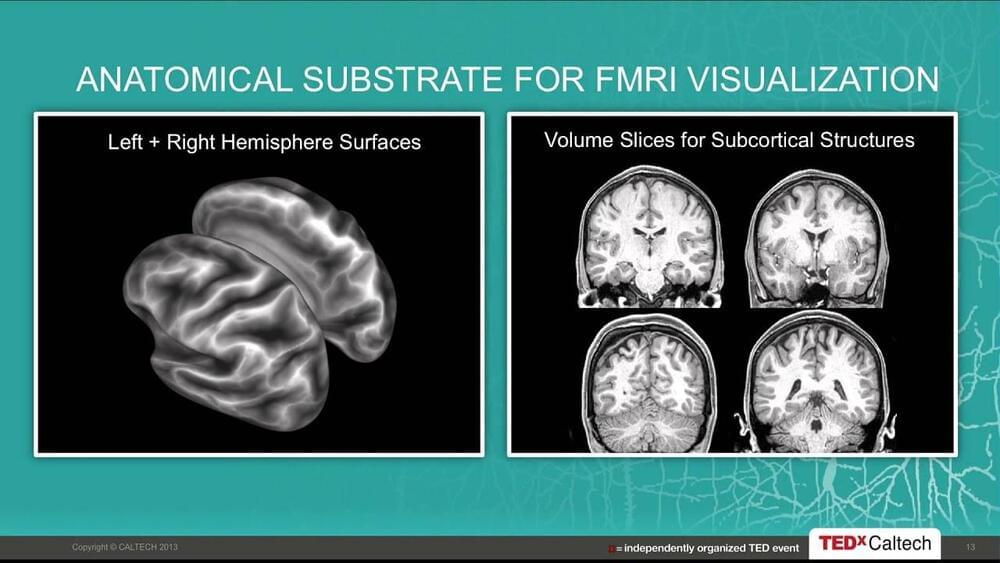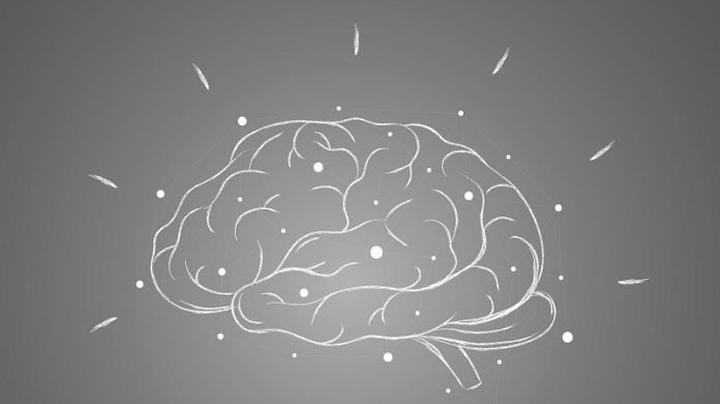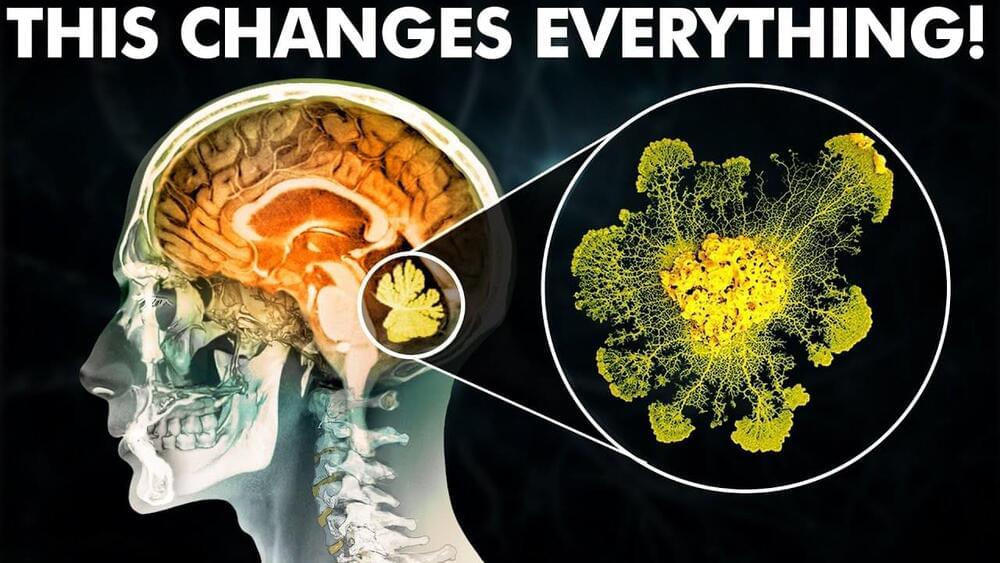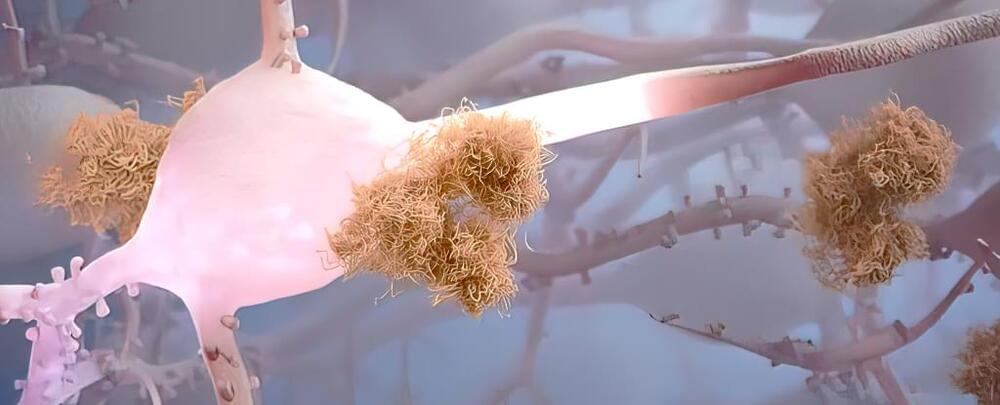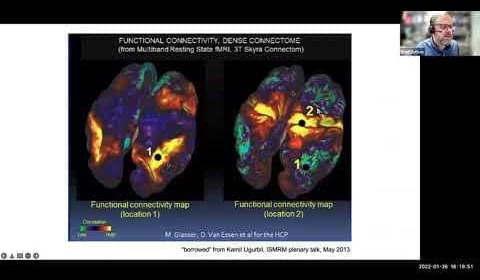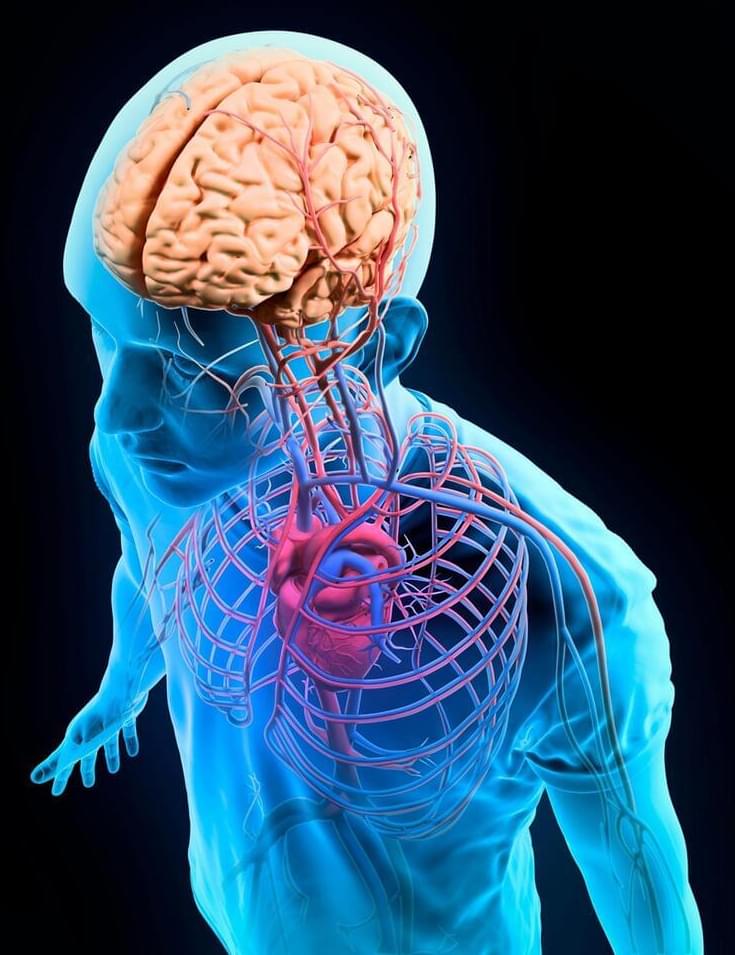https://www.youtube.com/watch?v=i2W570VgV6I
David C. Van Essen is the Alumni Endowed Professor in the Anatomy & Neurobiology Department at Washington University in St. Louis. He has pioneered the use of surface-based analysis methods to characterize the structure, function, development, and connectivity of the cerebral cortex. He is Principal Investigator for the NIH Human Connectome Project, a large-scale effort to map brain circuitry and its relationship to behavior in healthy adults. His physiological and anatomical studies have provided deep insights into cortical functional organization. He has served as Editor-in-Chief of the Journal of Neuroscience, President of the Society for Neuroscience, and Head of the Anatomy & Neurobiology Department for 20 years. He is a fellow of the AAAS and received the Raven Lifetime Achievement Award from the St. Louis Academy of Sciences and the Krieg Cortical Discoverer Award from the Cajal Club.
In the spirit of ideas worth spreading, TEDx is a program of local, self-organized events that bring people together to share a TED-like experience. At a TEDx event, TEDTalks video and live speakers combine to spark deep discussion and connection in a small group. These local, self-organized events are branded TEDx, where x = independently organized TED event. The TED Conference provides general guidance for the TEDx program, but individual TEDx events are self-organized.* (*Subject to certain rules and regulations)
On January 18, 2013, Caltech hosted TEDxCaltech: The Brain, a forward-looking celebration of humankind’s quest to understand the brain, by exploring the past, present and future of neuroscience. Visit TEDxCaltech.com for more details.
